Spicy Pickled Okra
This spicy pickled okra recipe has a kick! It’s perfect as a garnishment for your Bloody Mary, on a meat and cheese plate, or just to snack on.
This post may contain affiliate links. Click here to learn more about how affiliate links are used on this site.
I swear, if the zombie apocalypse ever comes to Mississippi and I have to grow my own food, I’m growing okra. Not because I just love okra. But because the stuff will GROW!
Now that we’ve reached late summer, my garden is pretty much caput. However, my okra plants now reach higher than my head. I have 2 ½ gallons of okra frozen in my deep freezer for use in gumbo, stew and fried okra. Still, it’s probably more than we will eat.
The Husband suggested I take a stab at pickled okra this year. He gave me free reign over the recipe. His only request was that I make spicy pickled okra. Thankfully, he gave these the thumbs up and I’ve been pickling okra like a mad woman ever since. These would make the perfect garnishment for a Bloody Mary, meat and cheese plate, or just to snack on.
If you love pickled vegetables, take a look at this recipe for Spicy Pickled Carrots.
Ingredients and tools you’ll need
Making pickled okra is just a matter of making your brine and packing your okra into jars. To make this recipe, you’ll need:
- 2 teaspoons dill seed
- 2 teaspoons minced garlic
- 1 teaspoon dill weed or 1 large fresh dill head per jar
- 1 teaspoon mustard seed
- ¼ cup minced dried onion
- 1-3 jalapeños or other hot peppers halved, seeded, then chopped – add as many as your spicy heart desires. I am a self-proclaimed wimp when it comes to spicy food. One jalapeño was just enough of a kick without driving me to grab the nearest glass of water.
- 2 ¼ cups water
- 1 ¼ cups apple cider vinegar
- 2 tablespoon salt
- 2-4 clean pint jars with lids
- Fresh whole okra rinsed and trimmed
- Medium to large saucepan
Picking and preparing the okra
Whether you are harvesting okra from your garden or buying it from the local farmer’s market, there are a few things you want to look for when picking the best okra for pickling.
First, choose okra pods that are roughly four inches in length. The bigger the okra pod gets, the tougher the pod becomes. This is often referred to as “woody” because the texture splintery like eating wood. Smaller pods are more tender.
Second, look for pods that are bright to light green. Dark green pods can also indicate that the okra is past its prime. Finally, stay away from pods that appear bruised, shriveled or damaged.
Whole okra should be stored in the refrigerator until ready to use, but be sure to use it within three days. I also wait to wash my okra right beforehand because any residual water can cause the pods to become moldy. Rinse the okra in a colander with cold water to remove any dirt and debris. Trim any long stems that may stick up above the rim of the jar.
Prepare the brine
In a large saucepan, combine the dill seed, minced garlic, dill weed, mustard seed, dried onion, jalapeños, water, apple cider vinegar and kosher salt. Heat the brine over medium high heat until it comes to a boil, then reduce the heat to medium low and let it simmer until the salt is dissolved. Remove the brine from the heat and allow it to cool completely.
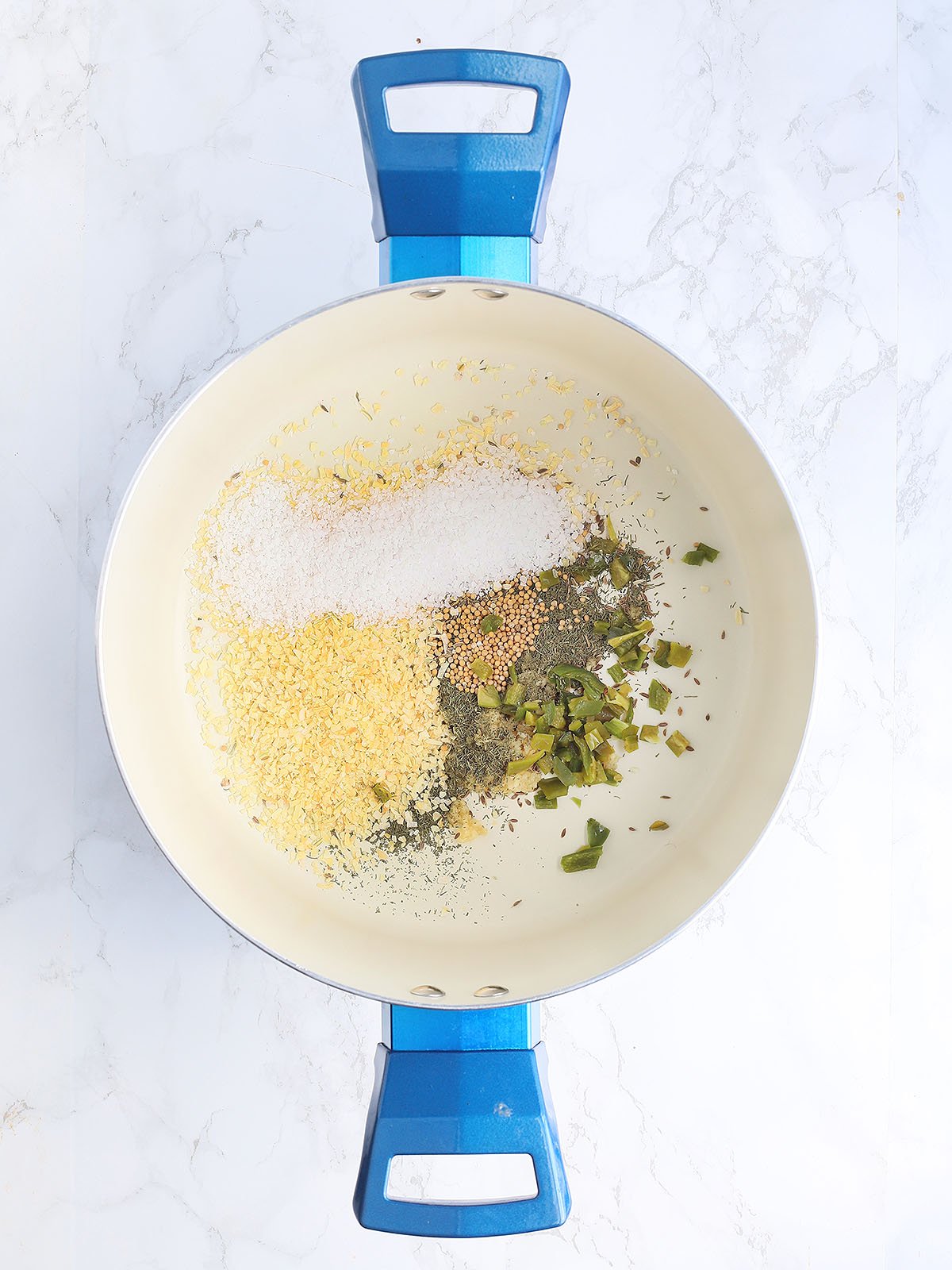
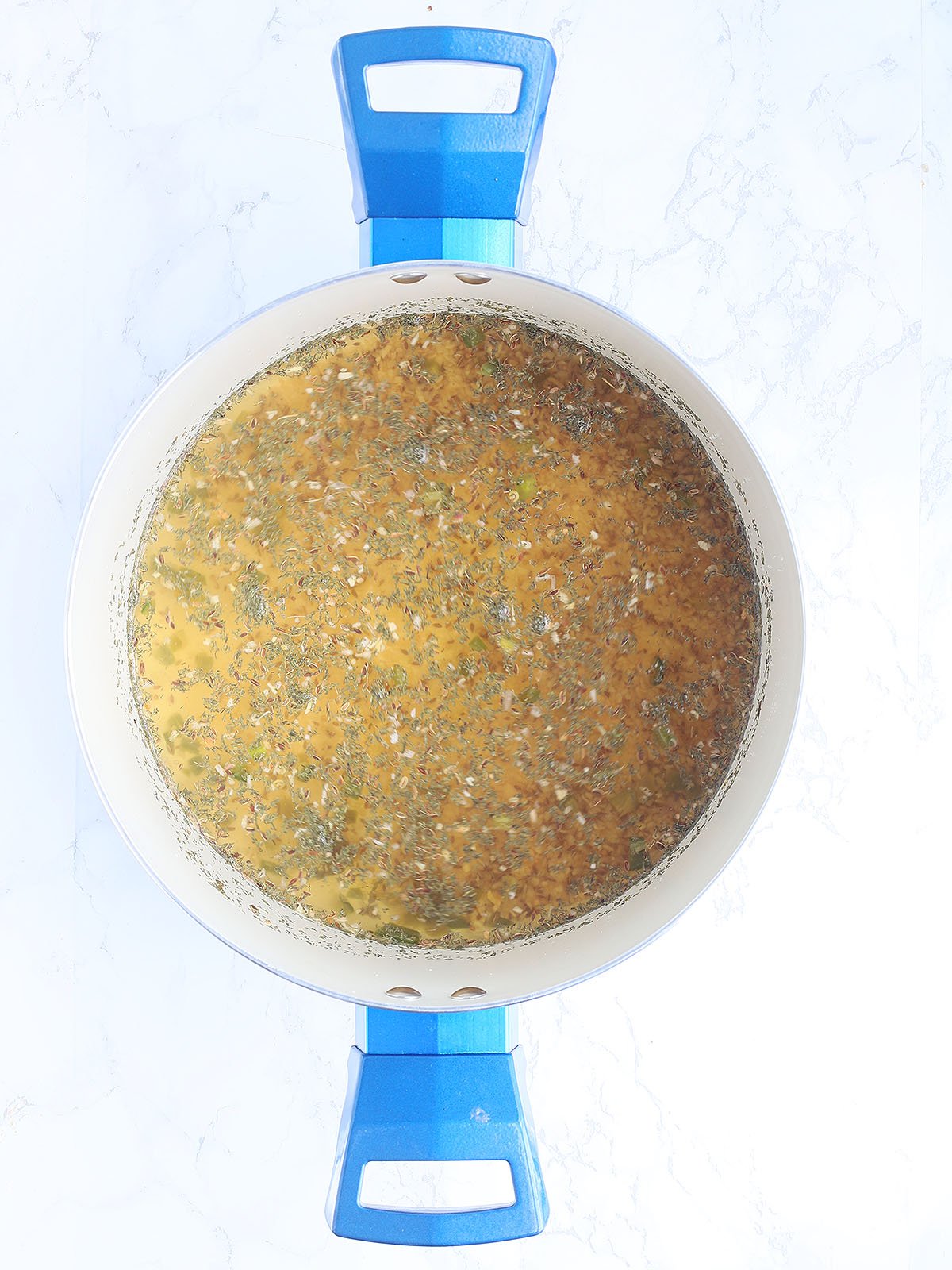
Pack the jars
Pack the washed and trimmed okra into clean jars. I used glass pint mason jars because I planned to can them later. You could also use airtight plastic storage containers, but you will have to store the okra in the refrigerator. Pack as many okra as you can fit without damaging the pods. Be sure the tips of the okra don’t stick up too far that it will impede the lid. Then pour the brine right over the top.
If some of the larger particles settle to the bottom of the pan, feel free to spoon equal amounts into each of the jars. Wipe the rims of the jars and seal with lids. The okra will be ready to eat in three weeks. Because the okra is hollow on the inside, your brine levels in the jar will drop as the okra soaks up the brine. This won’t hurt a thing!
Storage
Pickled okra that has not been canned should be stored in the refrigerator. Consume within two months.
Canning instructions
Pickled okra can be preserved for long term storage using the water bath canning method. When filling the jars, be sure to leave 1/4-inch of headspace. Wipe the rims with a clean rag or paper towel. Then top each jar with a lid and secure with a ring.
Add enough water to a tall stockpot to cover the tops of the jars with one inch of water. Bring the water to a boil, then carefully lower the jars into the water. Process the jars for 15 minutes. Remove the canner from the heat and allow the jars to rest in the canner for five minutes. Remove the jars from the canner to cool at room temperature. After 24 hours, remove the rings and check each lid for a seal. Any jars that did not properly seal should be stored in the refrigerator.
Check out my complete tutorial on water bath canning for more information.
Frequently asked questions
Is pickled okra good for you?
First, let’s talk about the health benefits of okra in general. Though they are technically a fruit, most people eat them like a vegetable. And like most vegetables, okra is loaded with nutrients, including vitamins C and K. It’s also full of antioxidants that can prevent cancer and it contains about 2g of protein per one cup serving.
Eating pickled and fermented foods provide a whole other range of health benefits, including gut health, improving blood pressure and regulating blood sugar levels.
Will the okra be slimy?
If you’ve ever cut or cooked raw okra, then you know all about the slime that hides within. It’s known as mucilage, a soluble fiber that can create a less than appetizing texture. The good news? Vinegar breaks down the mucilage, so I guarantee … your pickled okra will not be slimy as long as you let it soak for the recommended time.
Can I used fresh minced onion instead of dried?
Yes, you can. When it comes to pickling, I prefer to save time by using dried. The onion will rehydrate as it soaks in the vinegar and there will be no discernible different in the flavor. Dried minced onion can be found on the spice aisle. However, if you really want to mince your own fresh onions, you certainly can. Keep in mind, dried minced onion is a concentrated version of fresh, so you’ll need to increase the amount of fresh you use. One medium diced onion is equivalent to 1/4 cup of dried.
Can I used white vinegar instead of apple cider vinegar?
Yes, you can substitute the apple cider vinegar for any type of vinegar. But please know that your okra may not taste the same as mine.
Can I used frozen okra instead of fresh?
I personally don’t recommend it. Okra looses its firm texture once it has been frozen and thawed. While thawed okra is great for frying and thickening gumbo, it’s not great for pickling.
Do I need to cook the okra first?
No, you do not cook the okra. The vinegar will break down the okra enough that it’s still crisp but no longer has a raw texture.
My jars didn’t seal after I canned them. Can I recall them?
I don’t recommend recanning previously canned okra. Like pickles, the texture can be affected by prolonged exposure to extreme heat. Recanning could result in mushy okra. If your jars don’t seal, store them in the refrigerator and plan to eat them within two months.
Can I substitute the dill weed for dill seed or vice versa?
The cluster of flowers that sprouts on a dill plant is known as one head of dill and can be used in place of one teaspoon of dill seed. Dill weed describes the feathery leaves that line the stem. Dill weed has a slightly different flavor profile than dill seed. Because of this, I don’t recommend dill weed as an adequate substitute for dill seed.
Can I use regular salt instead of kosher salt?
Kosher and pickling salts do not contain anti-caking additives and are recommended for pickling. Other types of salt, such as table salt, contain iodine and anti-caking agents. These are safe to eat but can affect the appearance and the quality of the okra. Therefore, I recommend sticking with kosher or canning salt.
More uses for okra:
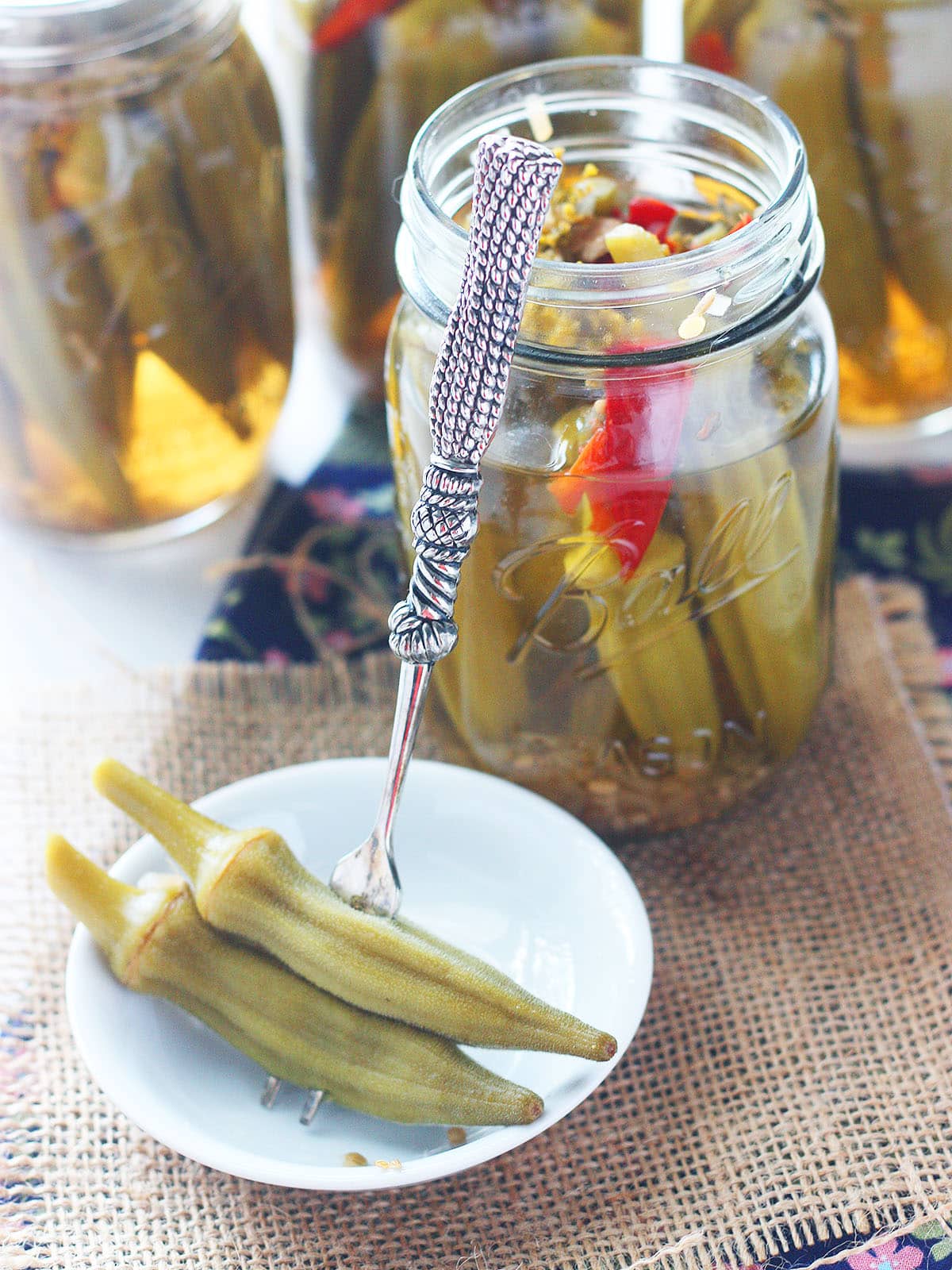
Spicy Pickled Okra
Ingredients
- 2 teaspoons dill seed
- 2 teaspoons minced garlic
- 1 teaspoon dill weed or 1 large dill head per jar
- 1 teaspoon mustard seed
- ¼ cup dried onion
- 1-3 whole jalapenos or other hot peppers seeded and chopped
- 2 ¼ cups water
- 1 ¼ cups apple cider vinegar
- 2 tablespoons kosher or pickling salt
- 2-4 clean pint jars
- Fresh whole okra rinsed
Instructions
- Combine dill seed, minced garlic, dill weed, mustard seed, onion, jalapenos, water, vinegar and salt in a medium saucepan.
- Bring the brine to a simmer heat until the salt is dissolved.
- Pack the okra into clean pint jars.
- Pour brine over the okra, leaving ¼ inch headspace. Top with a lid. Place okra in the refrigerator or can using the water bath canning method.
- Okra is ready to eat after three weeks.



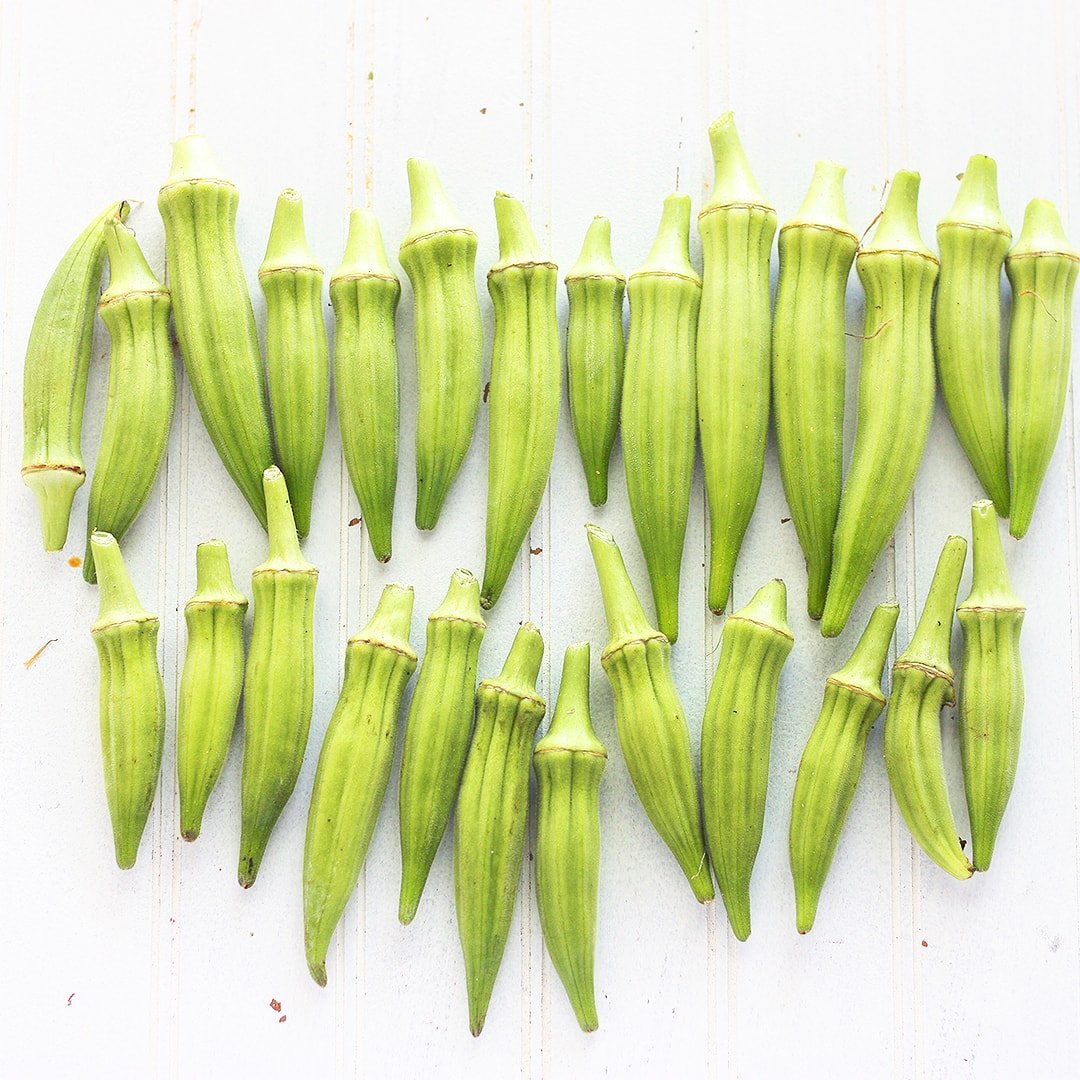


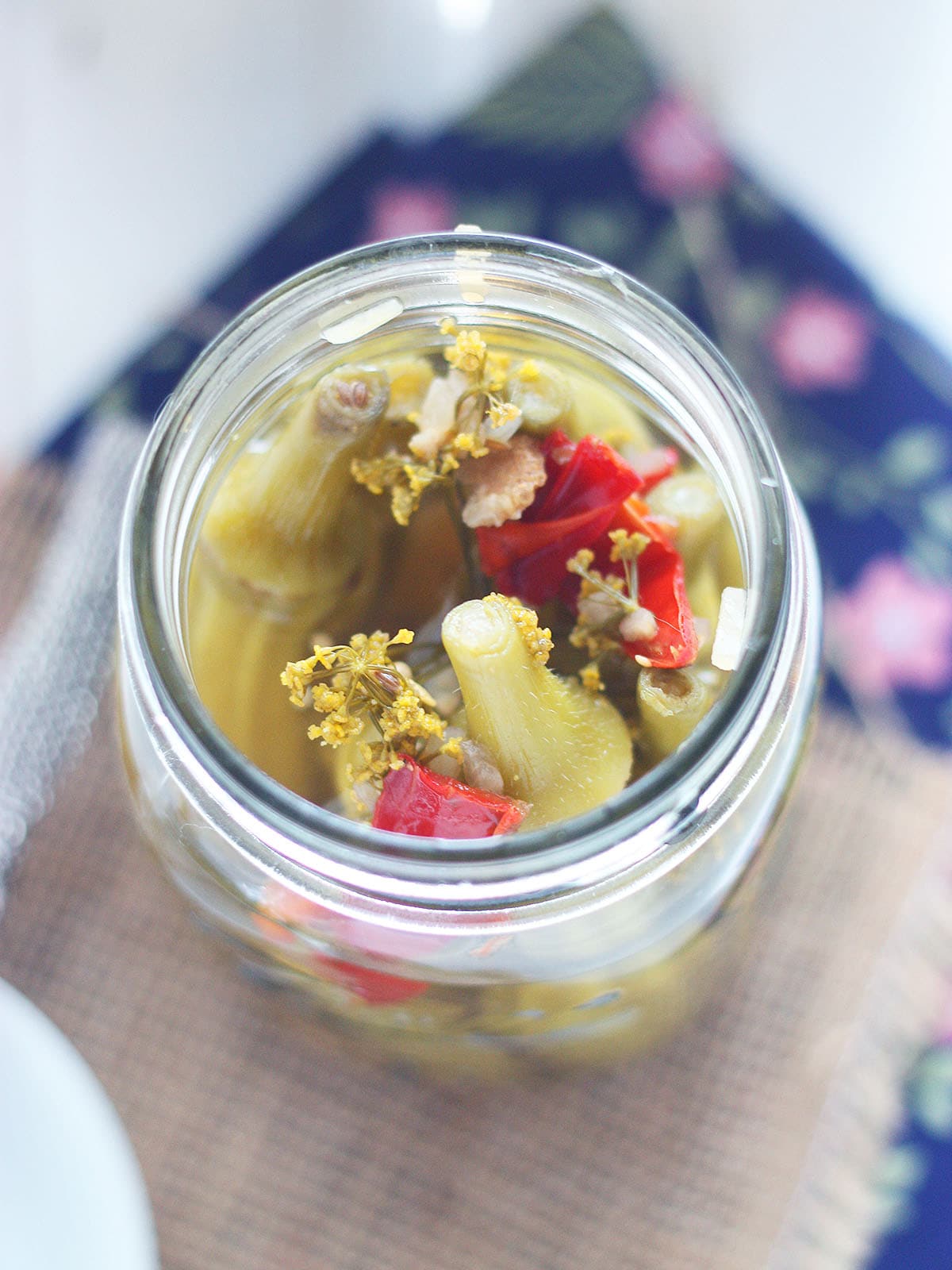

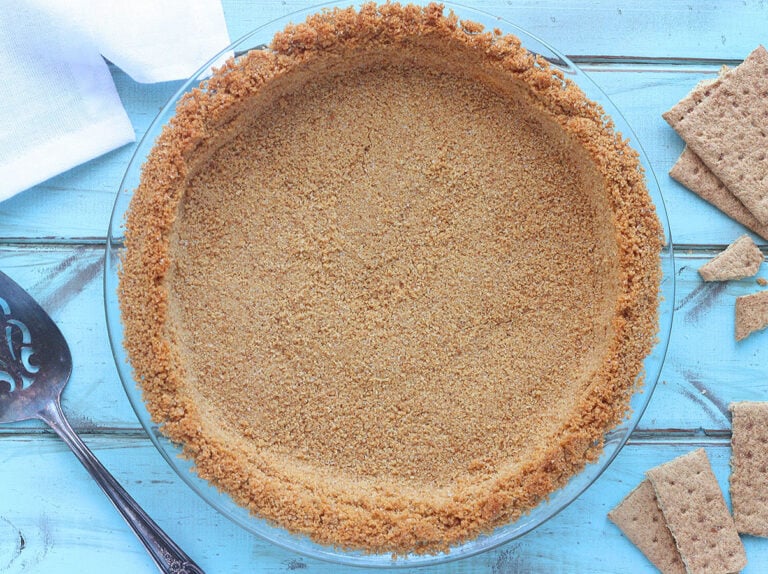

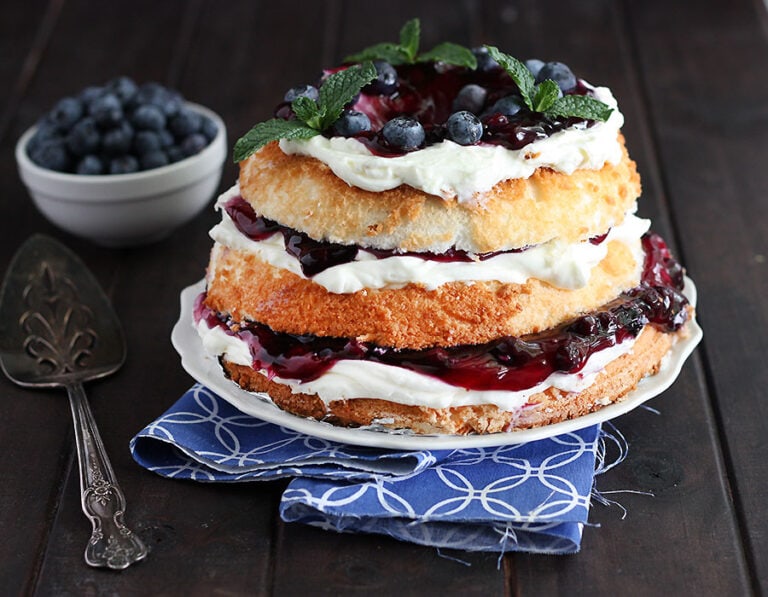
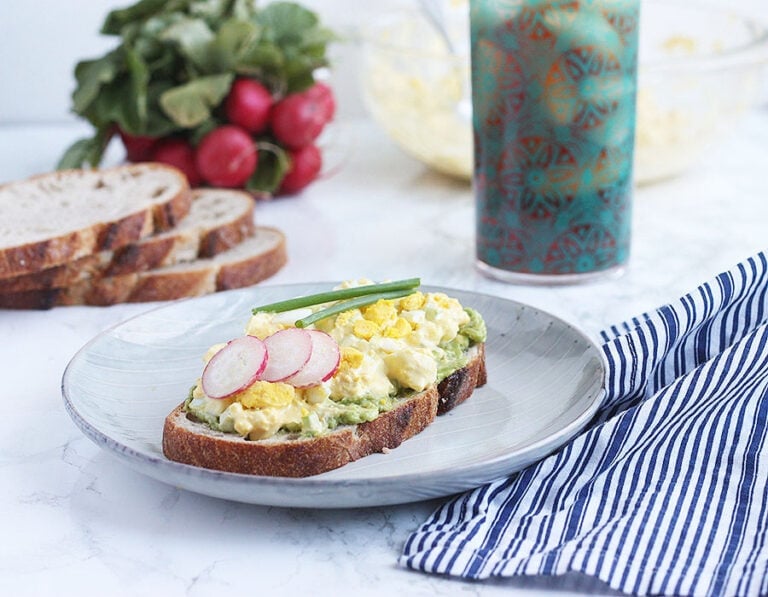
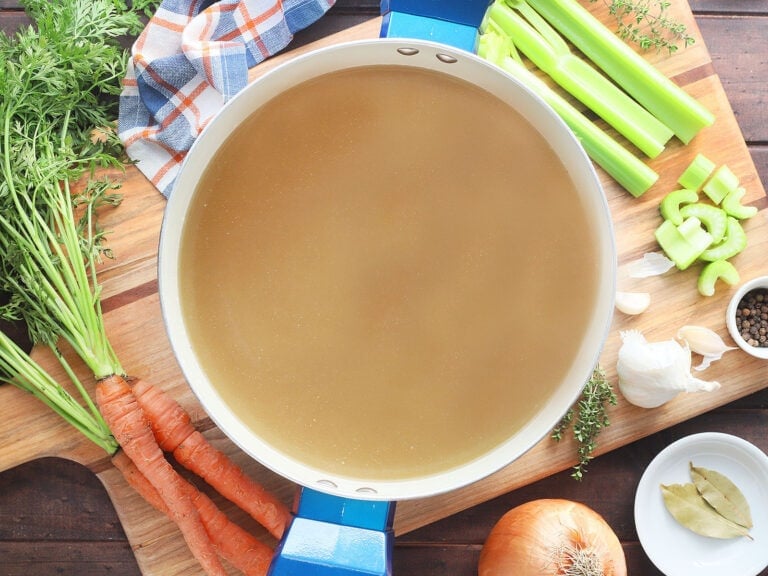
It’s a safety issue. If the lid ever fails during storage, you may not realize it with the ring holding it in place. Also, the moisture trapped under the ring can breed rust and bacteria. Once the lid has sealed, there is no reason to keep the rings on.
Why do you have to remove the Rings to check to see if it sealed the center will pop when it’s sealed I don’t understand why you say remove the Rings and check to make sure that it’s sealed
I am thrilled to hear this, Patty! Thank you so much for coming back and leaving a review.
Excellent! This is my go to pickled okra recipe!
You can. Your okra might have a slightly different flavor than mine did, but it will still work.